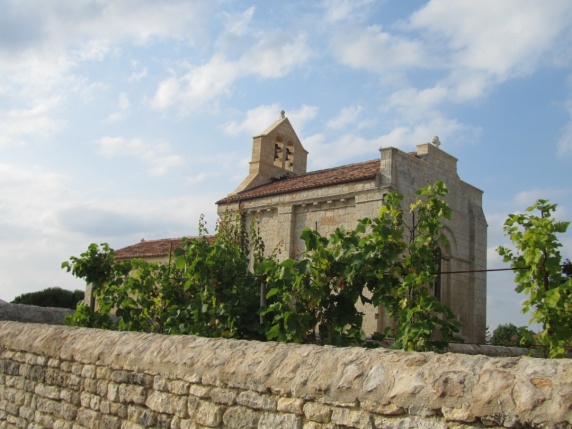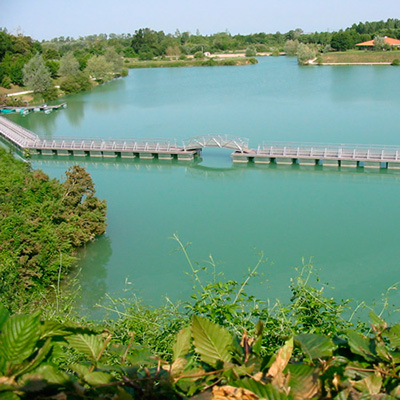What to do in Trizay
This small village in the Arnoult valley, whose economy for many years depended almost exclusively on market gardening and stone quarrying, has now turned its attention to tourism.
Near the Benedictine priory known as “Abbaye” is the “Lac du Bois-Fleuri”, an artificial lake created in 1995 for leisure activities such as fishing, walking and outdoor games for children.
At Monthérault, the recently restored Romanesque church of Notre Dame is a fine example of early Romanesque architecture in Saintonge. Open daily, during the winter: key from the town hall.
Numerous footpaths cross the commune, including the GR 360 and the vélodyssée. The abbey has been awarded the “accueil Vélo” label.
A proximité du prieuré bénédictin appelé « Abbaye » se trouve le « Lac du Bois-Fleuri », un plan d’eau artificiel aménagé en 1995 pour les loisirs : pêche, promenade, jeux pour enfants.
Au lieu dit Monthérault, l’église romane Notre Dame, récemment restaurée, est un beau témoignage des premières formes de l’architecture romane en Saintonge. Ouverte tous les jours, en hiver : clé à la mairie.
De nombreux chemins de randonnées traversent la commune dont le GR 360 et la vélodyssée. L’abbaye est labellisée “accueil Vélo”.
 Monthérault Romanesque church (11th, 12th and 15th centuries)
Monthérault Romanesque church (11th, 12th and 15th centuries)
the Bois Fleuri lake for relaxation and recreation
The commune of Trizay is located in the centre-west of the Charente-Maritime department, in the old historic province of Saintonge. It is bordered by three rivers: the Arnoult, the Arnaise and the Buffetizon.
The municipality covers an area of 1,413 hectares, divided between marshes tributary to the Arnoult, forests and farms (some of which are used for mixed farming and livestock rearing). The farms are located mainly in the north of the commune, while a large part of the commune is given over to market gardening, a traditional activity in the Arnoult valley. This activity can be explained by the presence of particularly fertile land, the “mottes”, from the former Arnoult estuary, now filled in by alluvial deposits. One of the most important local crops is the white bean known as “Mojhette”, which flourishes in this humus-rich soil.
On the edge of the ancient estuary stretches a plateau whose quarried rocks have long been a source of wealth for the commune. These have now been transformed into an artificial lake, the Lac du Bois-Fleuri.
